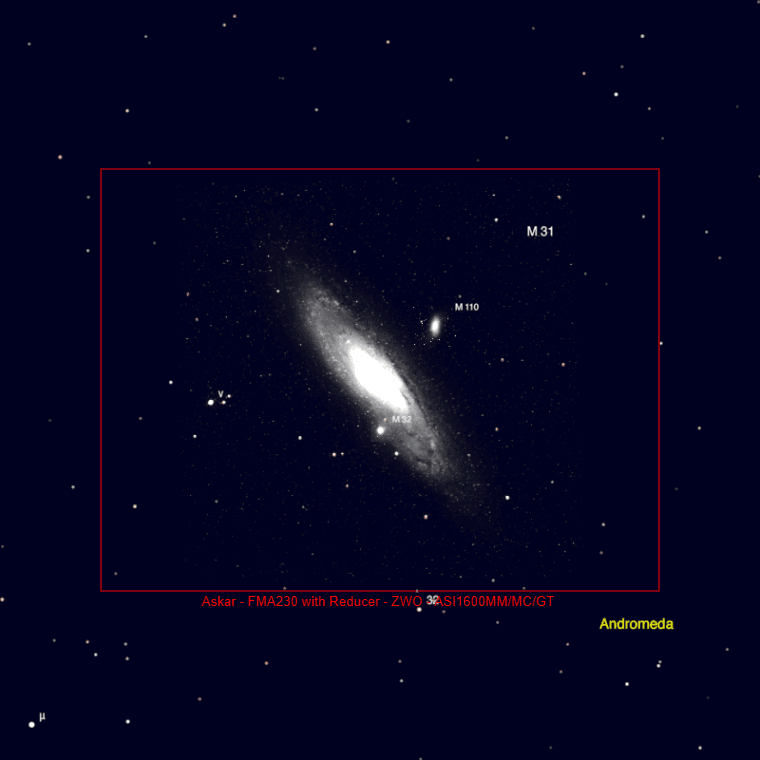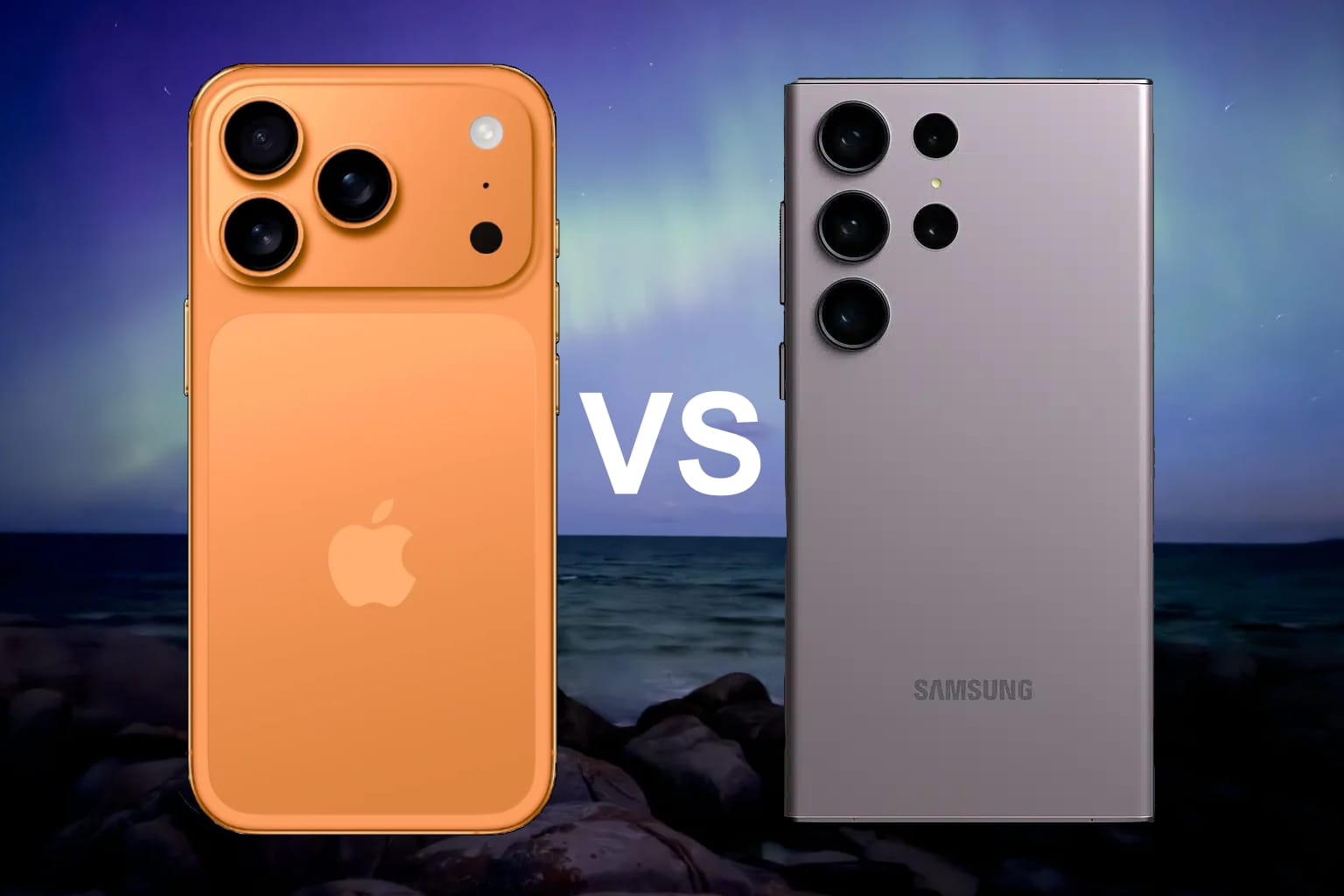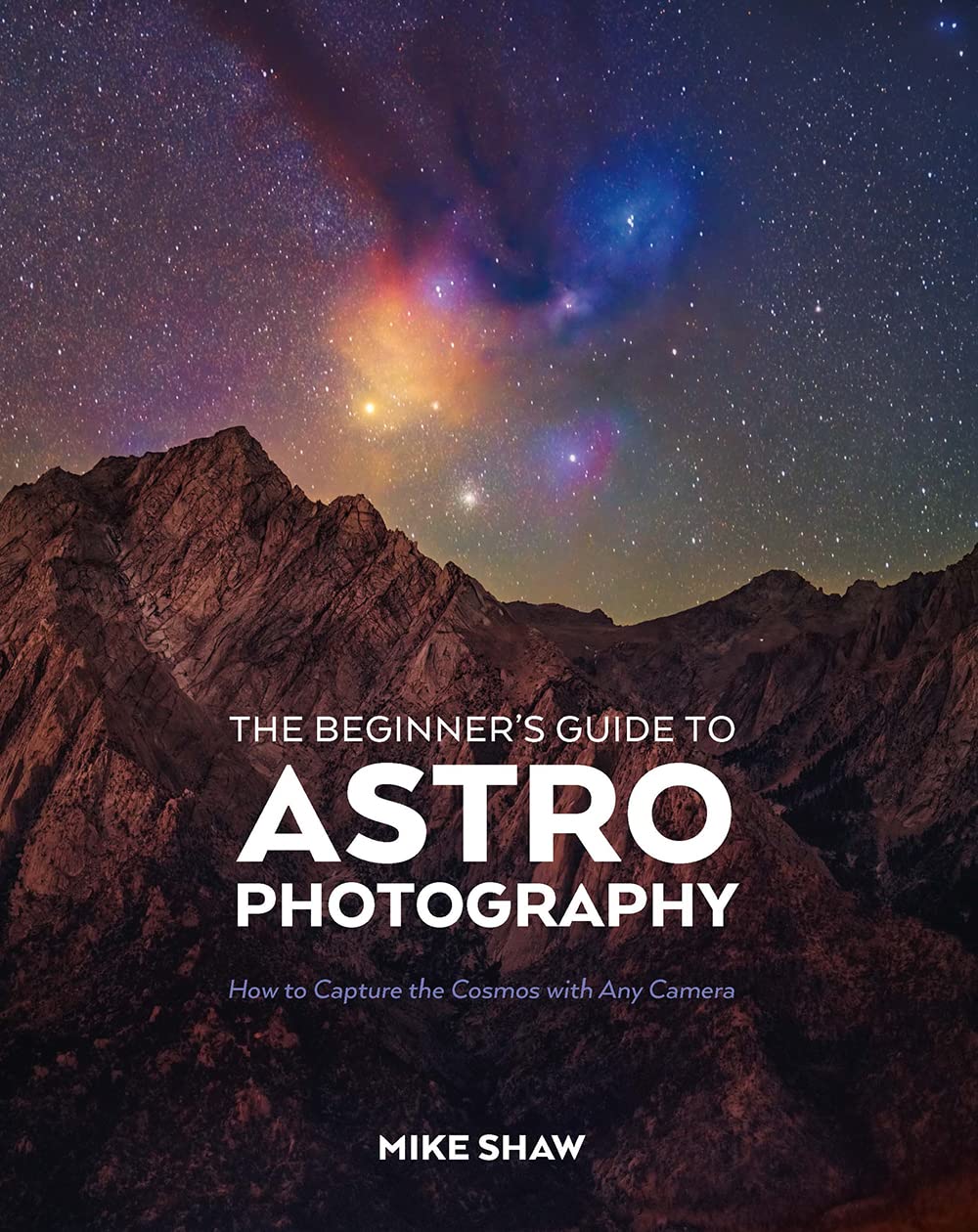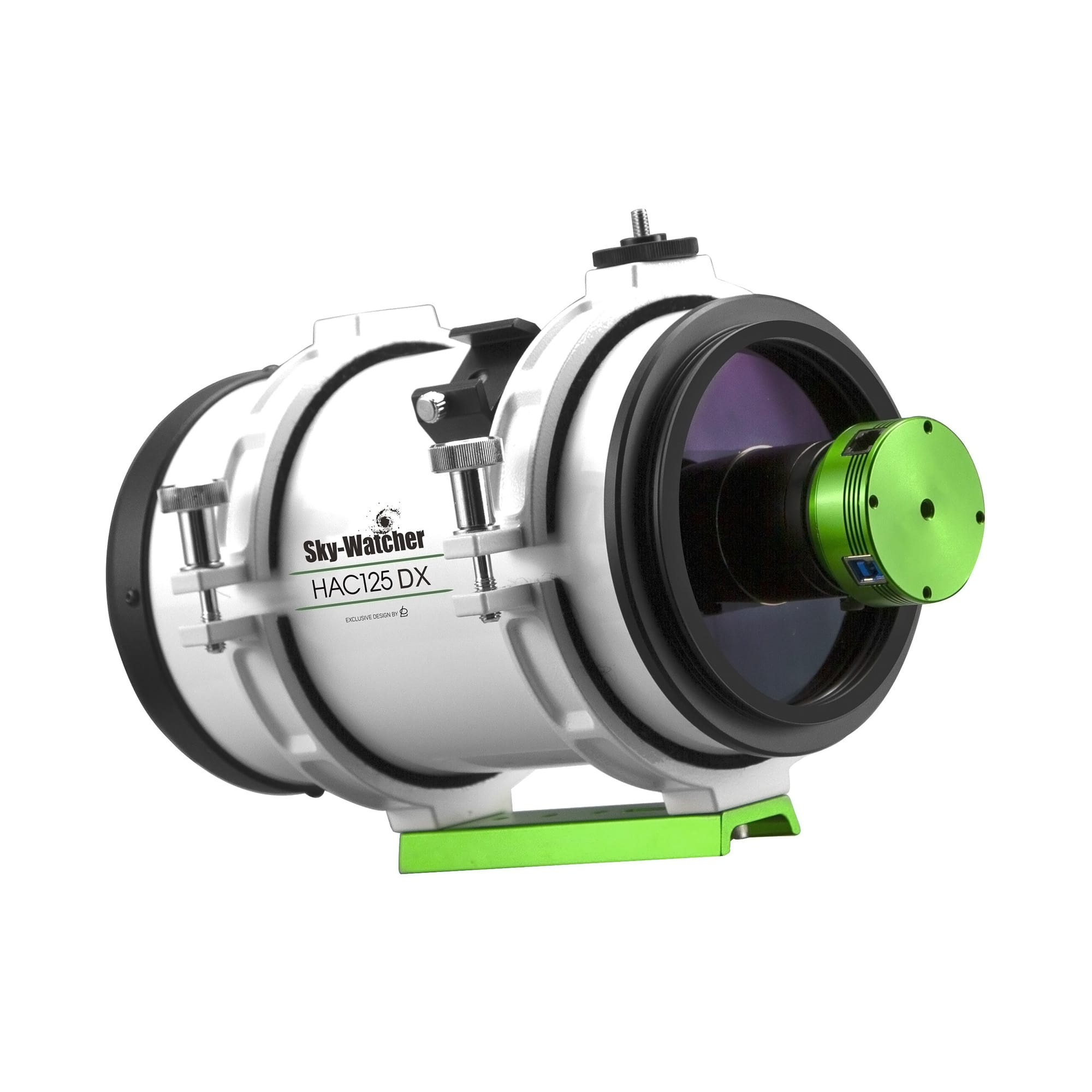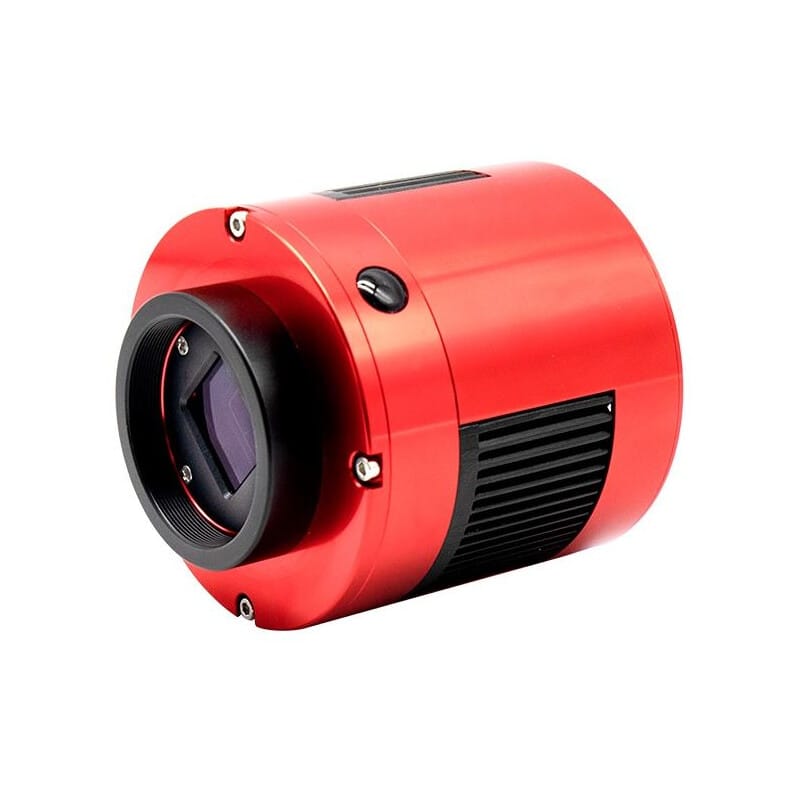Introduction
Framing deep-sky objects is a critical aspect of astrophotography, influencing both the aesthetic appeal and the scientific value of an image. Unlike terrestrial photography, where subjects are composed dynamically through the viewfinder, astrophotographers must plan their framing in advance. Considerations such as sensor size, focal length, and object dimensions all play a role in achieving the best composition. This guide explores how to frame deep-sky targets effectively, with specific focus on wide-field, medium, and high-magnification imaging.
Understanding Field of View (FOV)
Field of View (FOV) determines how much of the sky your camera captures and is primarily dictated by focal length and sensor size. Longer focal lengths result in a narrower FOV, making precise framing crucial. Conversely, shorter focal lengths offer expansive views but require careful planning to avoid excessive empty space or distracting elements in the frame.
To determine FOV for your setup, tools such as Stellarium, Telescopius, or astrophotography framing wizards in dedicated software can be used. These tools allow you to simulate how an object will appear within your camera’s field of view before capturing images.
Wide-Field Composition (Short Focal Lengths: <300mm)
Wide-field astrophotography, often achieved with camera lenses or short focal length telescopes, excels at capturing large nebulae, star fields, and the Milky Way. When framing with a wide-field setup:
- Emphasise context: Large nebulae such as the North America Nebula (NGC 7000) benefit from surrounding star fields to provide a sense of scale.
- Include multiple targets: Some deep-sky objects naturally complement each other within the same frame, such as the Andromeda Galaxy (M31) alongside its satellite galaxies.
- Align with natural structures: Nebulae often have leading lines or regions of contrasting brightness that guide the eye. Rotating the camera to enhance these structures improves the composition.
Medium Focal Length Framing (300mm–1000mm)
Medium focal length telescopes, such as refractors in the 80-130mm aperture range, offer a balance between wide context and detailed resolution. This range is excellent for framing galaxies, medium-sized nebulae, and globular clusters. Best practices include:
- Utilise the rule of thirds: Positioning prominent features, such as the core of a galaxy or the brightest portion of a nebula, at key compositional points enhances visual appeal.
- Mosaic imaging: Many deep-sky targets extend beyond a single frame at medium focal lengths. Planning multi-panel mosaics allows for higher detail while maintaining a well-framed composition.
- Crop strategically: Some objects, such as the Rosette Nebula, have symmetrical patterns that benefit from tight, central framing, while others, like the Heart and Soul Nebulae, work well in an asymmetric composition.
High Magnification Framing (Long Focal Lengths: 1000mm+)
High magnification setups, including Schmidt-Cassegrain Telescopes (SCTs) and Ritchey-Chrétien reflectors, are best suited for detailed imaging of small deep-sky objects such as planetary nebulae, small galaxies, and distant globular clusters. Here’s how to frame effectively:
- Avoid excessive cropping: A narrow field of view limits compositional flexibility. Ensuring the target is fully contained within the frame prevents critical details from being cut off.
- Use guiding stars and field rotation: Small deep-sky objects, such as the Ring Nebula (M57), benefit from the inclusion of nearby stars or structural elements to maintain interest.
- Consider planetary imaging techniques: In cases where extreme magnification is used (e.g., lunar and planetary imaging), high-speed video capture and stacking techniques allow for finer detail while maintaining optimal framing.
Tools and Software for Planning
Several software tools assist in precise framing and composition planning:
- Stellarium: A free planetarium tool that allows users to visualise how targets will appear with specific telescope and camera configurations.
- Telescopius: An online tool for framing deep-sky objects, providing overlays of FOV based on user input.
- NINA (Nighttime Imaging ‘N’ Astronomy): Includes a framing wizard that helps astrophotographers precisely position their targets for single-frame or mosaic imaging.
- astronomy.tools: This great online calculator can provide a simulated field of view for any combination of telescope and camera (the image at the top was generated using this tool)
Final Thoughts
Framing deep-sky objects effectively enhances both the scientific and aesthetic quality of astrophotography. Whether capturing wide-field nebulae, mid-sized galaxies, or high-magnification planetary nebulae, understanding the interplay of focal length, field of view, and compositional principles leads to stunning results. Thoughtful planning, combined with the right software tools, ensures each astrophotography session maximises the potential of the chosen target.

